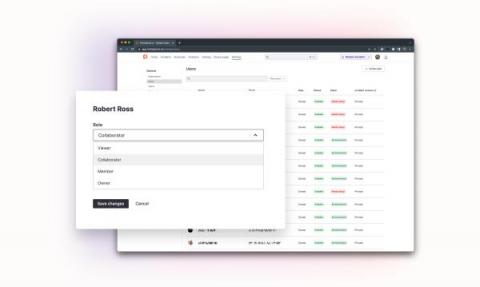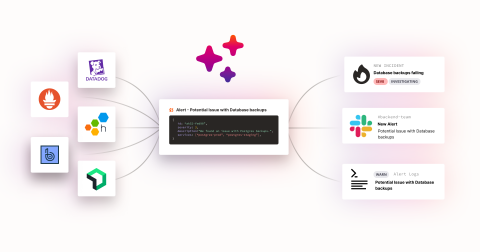Incident severity: why you need it and how to ensure it's set
Defined severity levels quickly get responders and stakeholders on the same page on the impact of the incident, and they set expectations for the level of response effort — both of which help you fix the problem faster. But sometimes, for whatever reason, a severity level just doesn’t get set. Maybe there’s confusion around what severity level to use. Or maybe you have a low barrier to declaration and your responders just need a little nudge.










